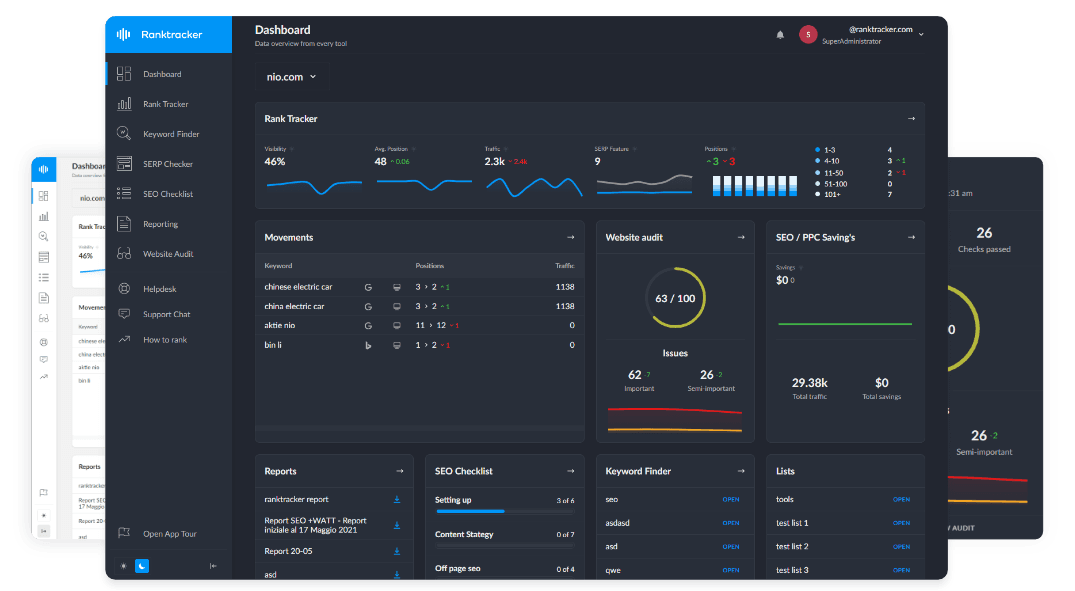Intro
Holonyms are words that represent a whole entity of which other words (meronyms) are parts. In SEO, holonyms help search engines interpret content structure, improve topical authority, and enhance semantic relationships for more accurate search results.
Why Holonyms Matter in SEO:
- Improve semantic SEO by reinforcing whole-part relationships.
- Help search engines better understand content hierarchy and structure.
- Enhance internal linking and topic clustering strategies.
How Search Engines Use Holonyms
1. Understanding Whole-Part Content Relationships
- Google processes holonyms to determine how different content components fit together.
- Example:
- "Car" is a holonym for engine, wheels, transmission, and brakes.
2. Content Categorization & Knowledge Graph Integration
- Holonyms help search engines categorize topics within the Knowledge Graph.
- Example:
- "Human body" as a holonym links to organs like heart, lungs, and kidneys.
3. Enhancing Search Intent Matching
- Holonyms support better search intent fulfillment by encompassing broader topics.
- Example:
- A search for "smartphone" returns results including battery, display, camera, and processor due to holonymic relationships.
4. Improving Internal Linking & SEO Architecture
- Holonyms serve as central linking hubs for related subtopics.
- Example:
- "Digital Marketing" as a holonym linking to meronym pages like SEO, PPC, content marketing, and email marketing.
5. Boosting Long-Tail & Semantic Keyword Relevance
- Using holonyms alongside meronyms increases keyword breadth.
- Example:
- A "Website" page targeting the holonym benefits from including subtopics like domain name, hosting, and CMS platforms.
How to Optimize Content Using Holonyms
✅ 1. Use Holonyms in Page Titles & Headers
- Broad category terms help search engines categorize content effectively.
- Example:
- "Car Maintenance Guide" (holonym) with sections on oil changes, tire rotation, and brake inspections.
✅ 2. Develop Holonym-Based Content Clusters
- Use pillar pages with holonyms linking to detailed meronym articles.
- Example:
- "Content Marketing" (holonym) linking to subpages on blogging, video marketing, and email marketing.
✅ 3. Implement Structured Data & Schema Markup
- Schema helps define whole-part relationships for search engines.
- Example:
- "Smartphone" Product Schema listing screen size, processor, battery, and camera specs.
✅ 4. Strengthen Internal Linking for Semantic Relevance
- Link holonyms to their meronyms to enhance topic hierarchy.
- Example:
- "SEO Strategies" linking to pages on keyword research, link building, and technical SEO.
✅ 5. Optimize for Broad & Specific Search Queries
- Use holonyms for general topics and meronyms for detailed subqueries.
- Example:
- "Laptop Buying Guide" (holonym) ranking for RAM, processor types, and display technology.
Tools to Optimize for Holonyms in SEO
- Google NLP API – Analyze whole-part semantic structures.
- Ranktracker’s SERP Checker – Track keyword performance within content hierarchies.
- Ahrefs & SEMrush – Discover related terms and topic clusters.
Conclusion: Leveraging Holonyms for SEO Success
Holonyms play a crucial role in structuring content, improving search relevance, and enhancing topical authority. By using holonyms strategically in content creation, internal linking, and schema markup, websites can achieve higher rankings and better search visibility.

